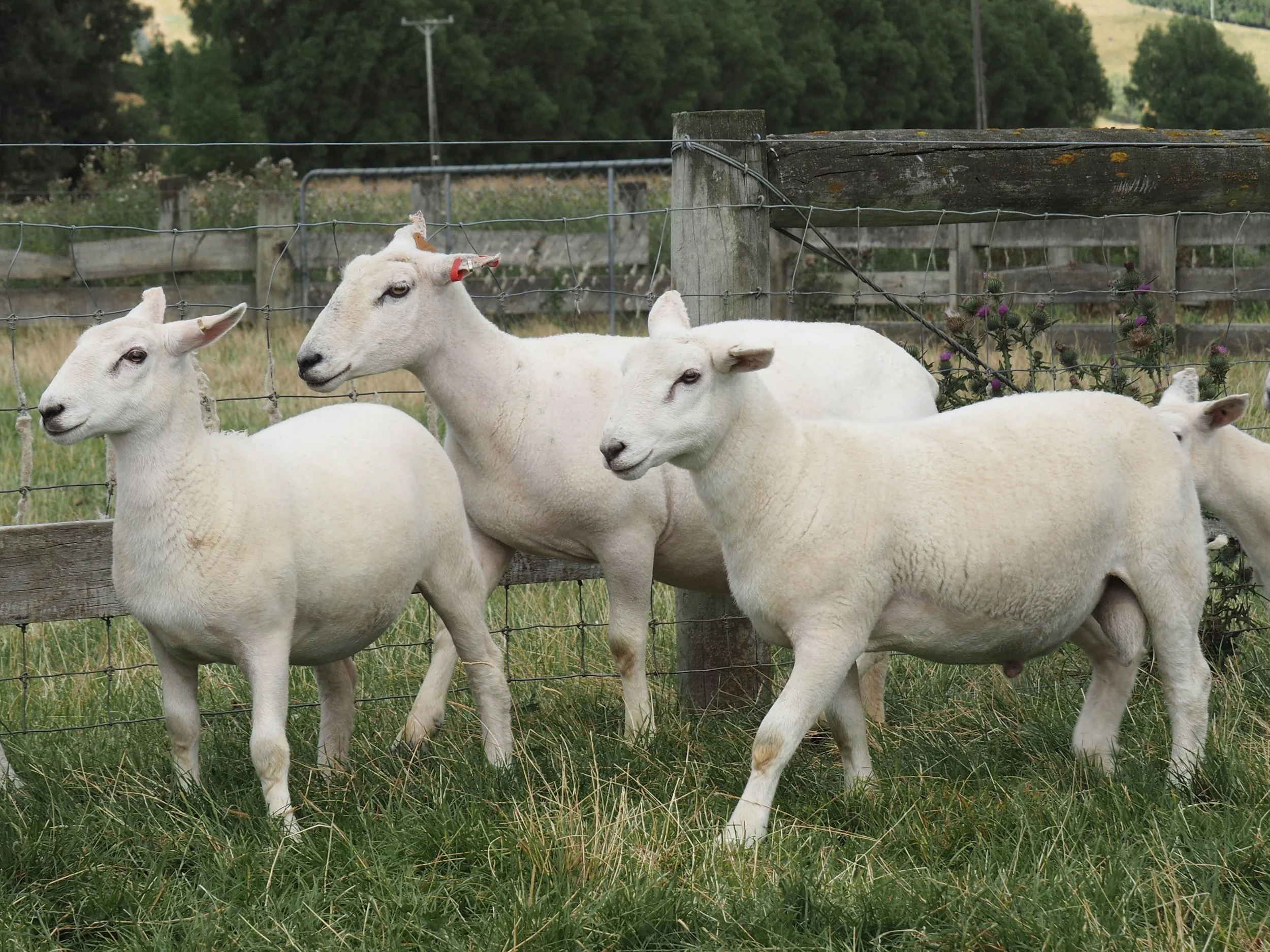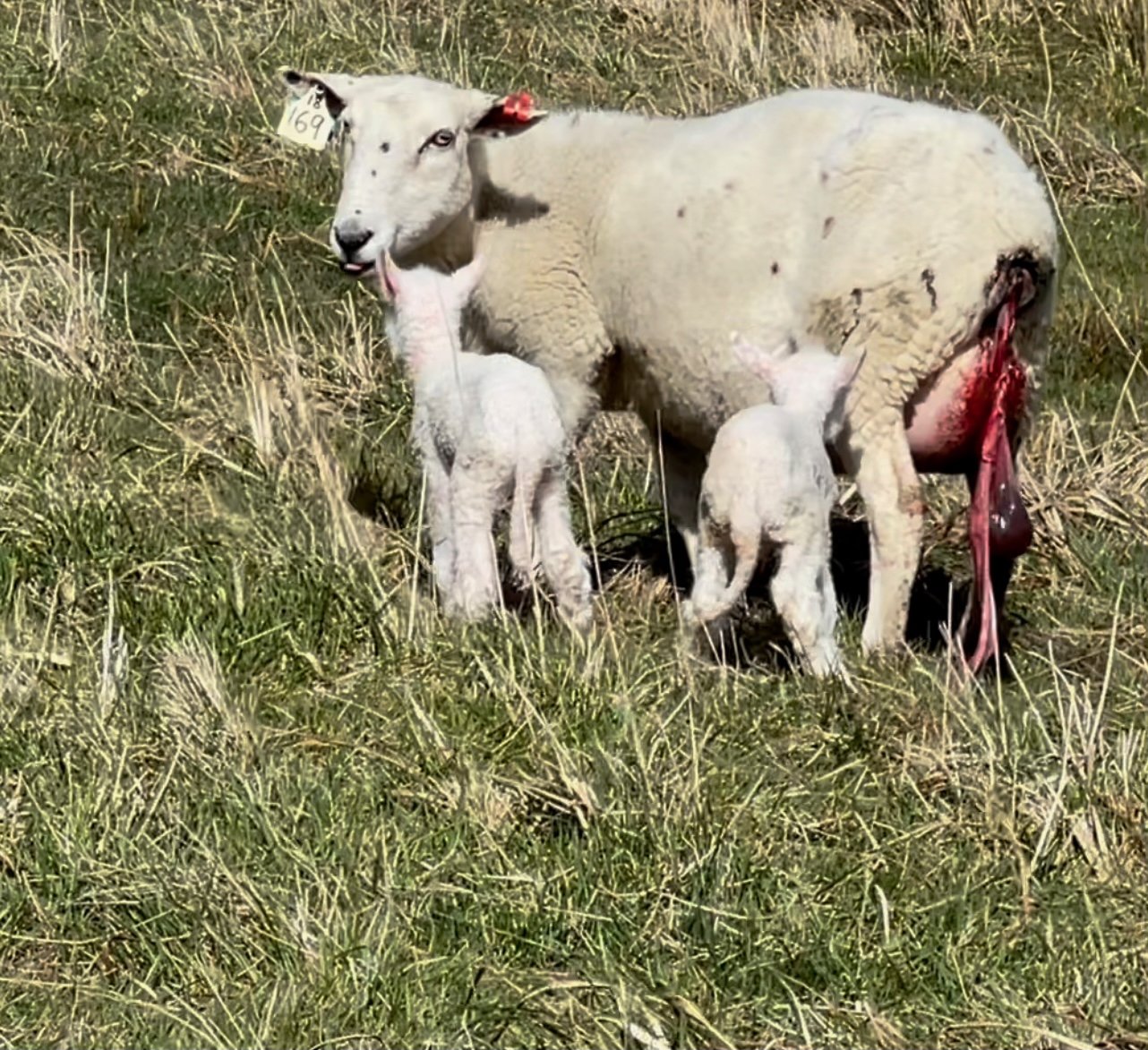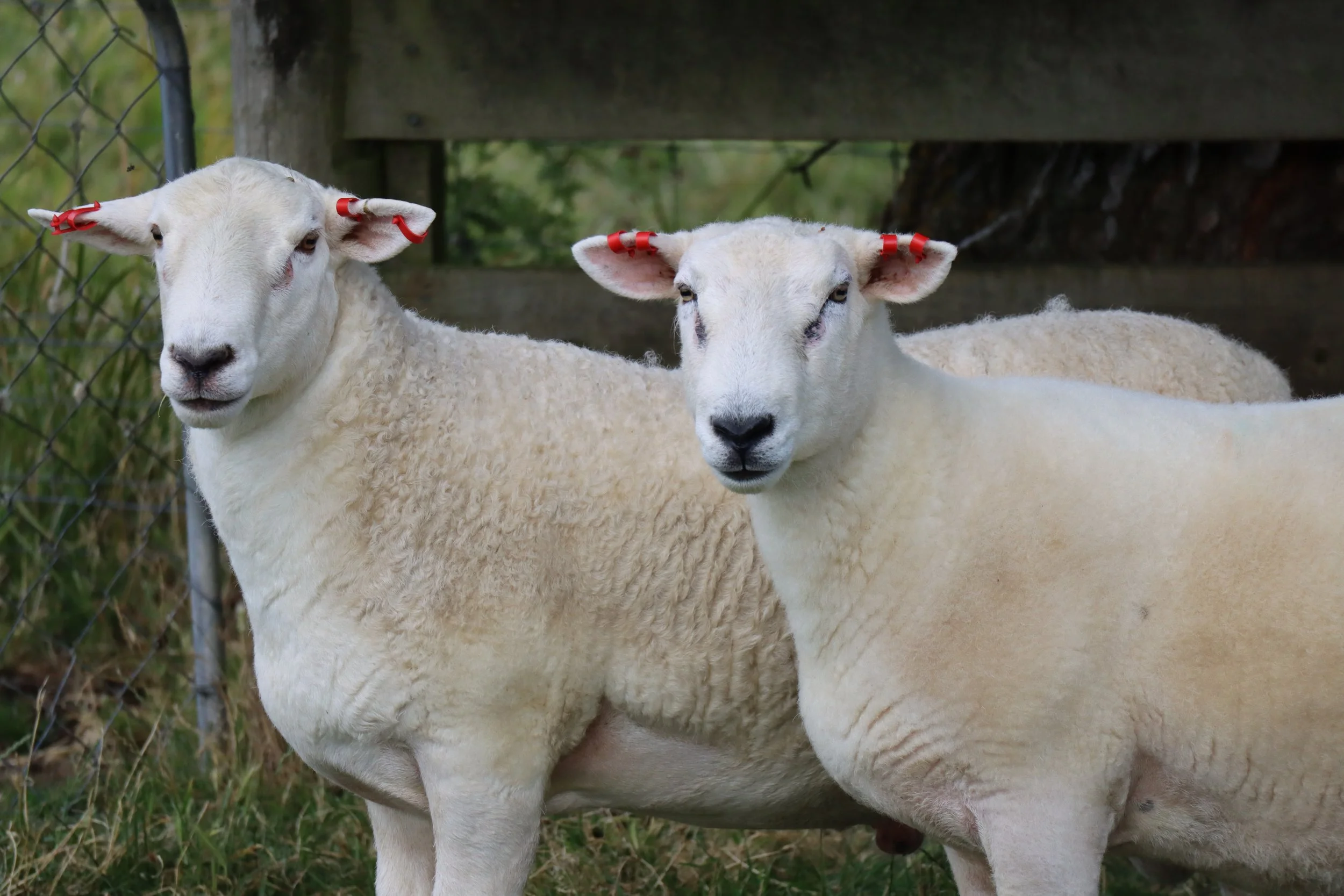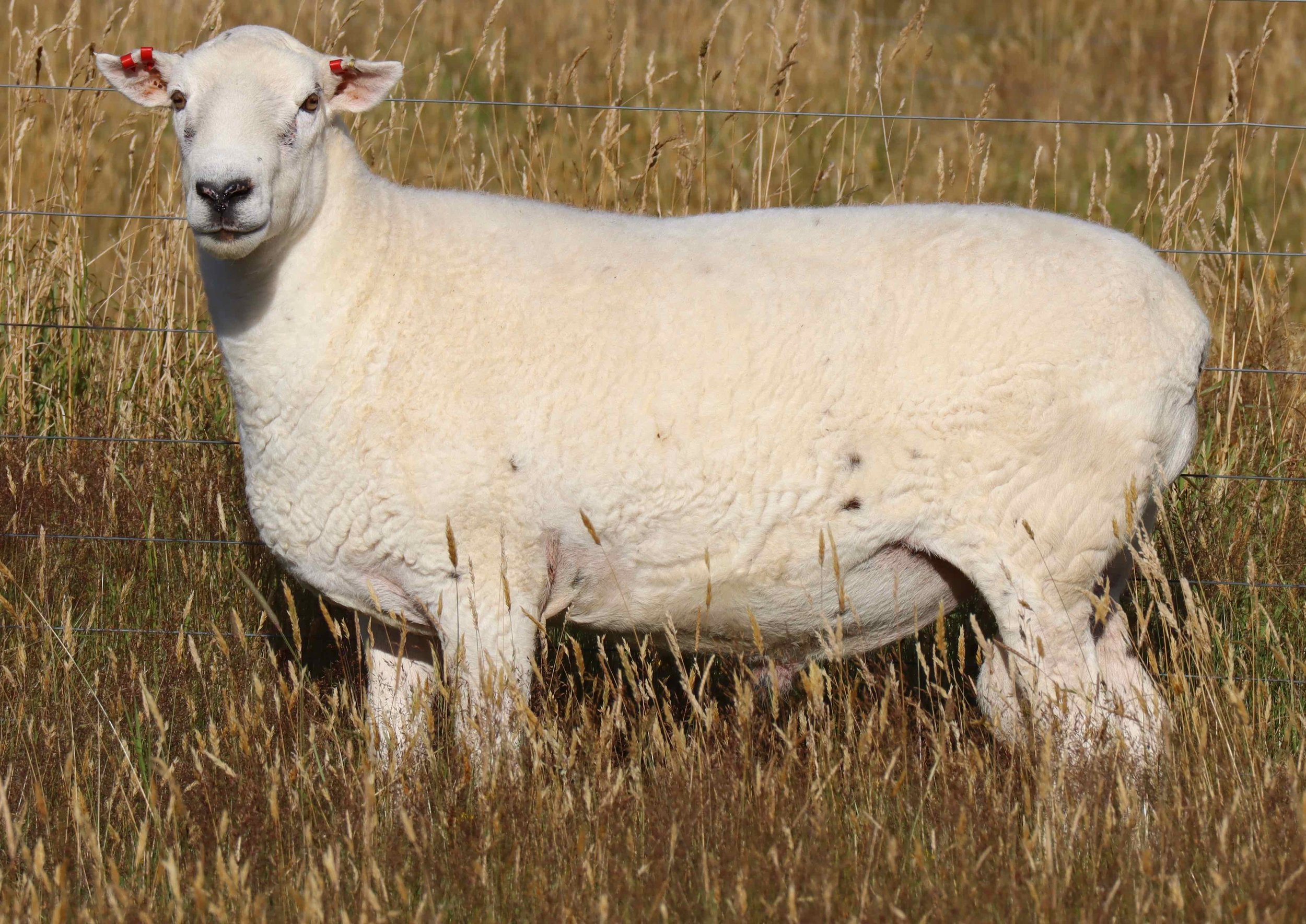
Shire® Sheep
Shire® Sheep Reduce Your Workload
Today’s low wool return makes the SHIRE® hair sheep perfect for farmers who want very easy-care meat production and significantly less work! No dagging, no shearing
No drenching, vaccinating or dipping
No cast sheep or hassles because of wool
Easy care, high fertility sheep
Strong constitution with great longevity
Hardy, fast-growing lambs
No shearing/dagging equipment and shed needed
Reduced costs = reduced work!
Our Shire® breed grows a thick hair pelt instead of wool, this eliminates the need to shear, or administer different chemicals, also eliminating dags, flystrike, ticks and other parasites. This short hair pelt grows slightly thicker in winter to help keep the sheep insulated, which is quickly shed away once the seasons change. The SHIRE® breed puts all its energy into producing lean meat and raising incredible lambs. I've been farming organically since 1989. We have been enjoying farming much more since we bred our unique Shire® breed. They have eased our workload, reduced our costs, and my back pain! Book in your Shire® Two-tooth Rams for 2024 with a 30% deposit! Viewings available February.
Limited Online Auction of Shire® Two-tooth Rams - 26th Jan 7:00PM - click the button below for more info.

Twin lambs at weaning

Ewe and her twin lambs at weaning

4 year old Ewe and her newborn Lambs

Ewe and lamb at weaning

Two tooth rams

The hair of our Shire® breed

Stud sire named 'Silver'

Example of a Shire® ram's hair
What We Offer
-

Shire® Rams
To quickly convert your flock to no-shear, high yield meat production.
-

Shire® Ewes and Lambs
To start your own no-shear, high-fertility hair sheep flock.
Articles about our Shire® Breed
History of Wiltshire Sheep
Wiltshires are a very old productive hardy easy-care breed, unique in that they grow very little or no wool (mainly shed what fleece they have in spring/summer). We established our flock in 1987 after seeing them in England in 1985.
The Wiltshire Horn is believed to have descended from the Persian Hair meat brought to Britain by the Romans as the first British meat sheep. In the 18th century the Wiltshire Horn was said to be the most numerous sheep in Britain with total numbers in the millions. It has been the origin of a number of other breeds, such as the Hampshire, Oxford, Dorset Horn, and in Robert Bakewell’s Leicester breed the ancestor of the Border Leicester.
Early records show their ability to thrive on poor feed and cover large distances during the day. Wiltshire Horns were imported into Australia in 1952. In the 1970s when wool prices collapsed more were imported and some polled Wiltshires were imported into N.Z. Importing continued, this time including Wiltshire Horns. The breed expanded in the 1980s with the adoption of an open flock policy, using the breed’s growth rate and leanness characteristics to develop high-performing Wiltshire poll rams for use as terminal sires.
The Wiltshire has been vital in some new breeds in England and in Australia. The Wiltipoll sheep are a Wiltshire poll. My Australian Uncle, Scott Dolling (Genetic Adviser in the development of the Poll Dorset) was their Genetic Consultant, so in 2001 I visited Wiltipoll studs with him, and over many years Scott has visited us here and given me some great breeding advice. That has helped me develop the Wiltshire/SHIRE® sheep breed we have here.
How we bred Shire®
First Hair Ram lamb 75/1998
Over many years, Scott has visited us here and given me some great breeding advice. He realised that the unusual Hair ram lamb I had shown him in 1998 was just like the old Persian Hair meat breed, always Hair covered, with a distinct look to it, he spent a few days analysing this strain in our flock and identified the relatives with the hair strain. He then helped me develop it using the German Mutton (White-headed Marsh) which has the Persian hair strain too. We had the largest flock in NZ of this breed and found the Hair strain from the German Mutton that was best for meat.
From 2001, we mated all our pure stud Hair German Mutton ewes to these meaty Wiltshire Hair rams and vice versa and with multiple separate female and male bloodlines to breed up and combine into an interesting new Hair strain of Wiltshire/German Mutton.
This breed is more like the original Roman/Persian sheep breed and have two copies of that old hair strain that doesn’t require any shearing or dagging.
We trademarked this new/old breed as the Shire® breed, from our strong Organic German Mutton & Hair Wiltshire base.
We visited my Uncle Scott and Auntie Alwyn in January of 2018. Scott said the original Persian breed was capable of fantastic longevity of over 20 years, this was his challenge to me with the SHIRE® breed which can live productively to 12 years, Scott gave me advice on how to breed more longevity into them.
Sadly Scott passed away in September 2018 and is dearly missed by us, his friends and family and the many different Sheep & Cattle farmers he helped.
I am so grateful for his significant help in developing our SHIRE® sheep breed and the polled Highlands (Tufty® cattle) we have here today.


